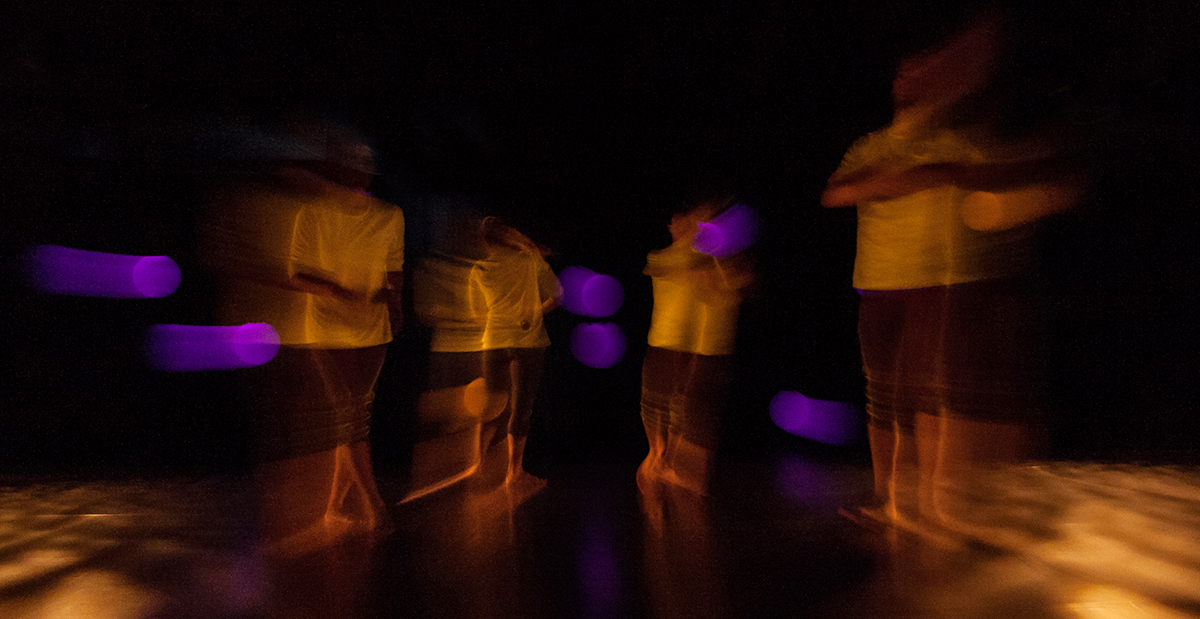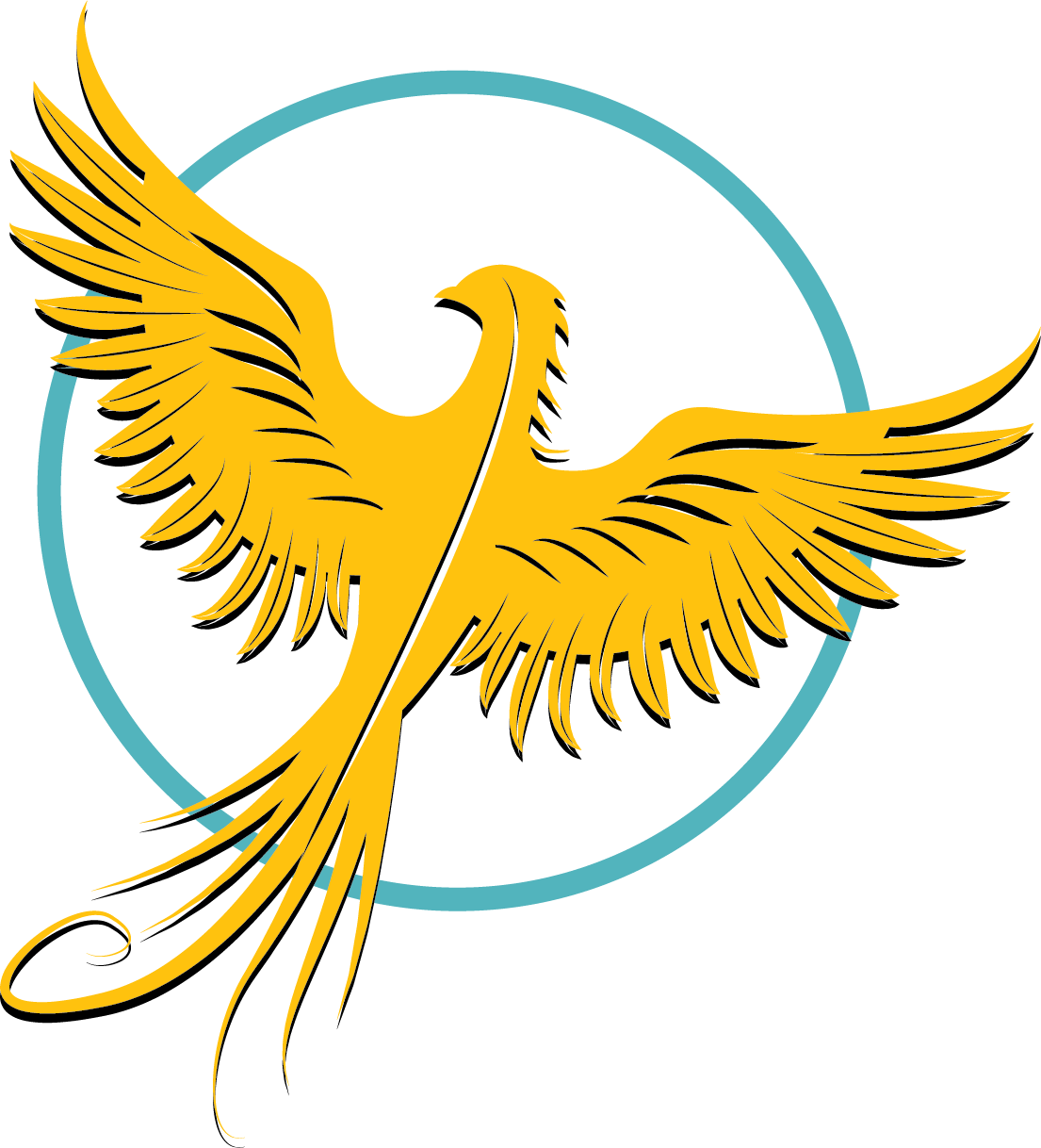Panimus Integration
Paul is a Rosen Method bodywork INTERN who is in his last year of the approximately 3.5 to 4 year certification process. The fee for each session is a low cost sliding scale at $25 to $85 per session, pay what you can in that range. No one turned away for lack of funds. The low fee is to support Paul’s process as he goes through the 350 hours he needs to become certified.
How to prepare for your Rosen session
Rosen Method bodywork sessions last one hour and are hands-on touch done on a massage table. Rosen is not massage. It involves hands-on techniques that are most effective when there is direct skin contact. The general suggestion is to keep your underwear bottoms on while undressing the rest of your body. However, your comfort is of utmost importance, so please feel free to wear whatever makes you feel at ease during the session. If you identify as a woman, and are not otherwise wearing a top, your chest will be covered when you are lying on your back.
About Rosen Method Bodywork
Rosen Method bodywork supports the ability to integrate one’s unconscious material into our overall experience. Through direct, non-manipulative touch on a massage table, and words, the practitioner provides a safe space for us to become aware of and express our unconscious repressed emotions.
Because mind and body are inextricably linked, Rosen practitioners connect with one through the other. Their particular talent is affecting the mind and body by contact with the body. The point of entry to the system is through the body.
Chronic muscular tension is the bodily expression of repressed earlier feelings associated with experiences that were too difficult to manage at the time that occurred. Through contact with tight muscles, often experienced as barriers, the practitioner meets the holding at its own level, as though reminding the muscle that it is holding and that it has the inherent possibility of relaxing. The practitioner’s hands follow the client’s process; thereby inviting awareness, and relaxation can then become an option.
No value or importance is placed by the Rosen practitioner on the trauma in one’s life that made it necessary at the time to create a barrier expressed as chronic muscle tension. A barrier is a barrier. It doesn’t matter if it was formed because the child didn’t get a jelly sandwich when wanted or because of a major loss. The practitioner contacts the barrier, not the experience itself. But the client may become aware of the emotion attached to the barrier and thereby gain access to a new way of being in the world.
The reason for the holding is unimportant to the practice of Rosen Method. What is important is to acknowledge the need to repress in the first place, the chronic muscular tension required to maintain a holding pattern, and the examination of whether that need still exists.
When one experiences the original need for the barrier, he may be surprised at what he finds. Sometimes, however, the relaxation happens without the content or story coming into consciousness. Even if the content does not surface, the client still experiences relaxation and the possibility for choice. If, however, a story is available along with the relaxation of the muscles, the client is given the opportunity to see what it is. The event becomes real if it can be shared and the original need to repress loses its impact. As the habit of repression is thereby challenged, future repression is less likely.

“You cannot hurry a flowering bud open to its full bloom. It opens when it’s ready to open.
Very often when I work on people, they remind me of flowers that have not yet bloomed. The tension in the body presents a picture of lifelessness and, as we put our hands on those lifeless parts, the body slowly starts to open like the bud that opens into a blossom full of color and beauty. The physical contact that’s created is one of the deepest connection and trust and seems to open channels of love on both sides.
The goal of this work is to bring you to a place where there is no barrier between your internal experience and your external expression of yourself. You do not oppose the universe, but become part of the universe. Letting this happen is the attitude of surrender and trust. This work shows us the way to that place of possibility and choice that is within all of us.”
― Marion Rosen
(paraphrased from Rosen Method, An Approach to Wholeness and Well-Being Through the Body by Elaine L. Mayland, PhD).
